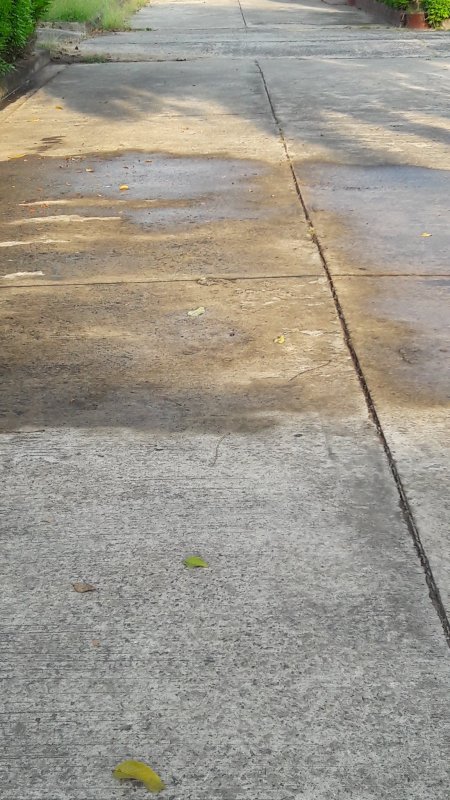Lam Paw Dam in Kalasin
Not enough water left for rice farmers in Northeast
national March 05, 2019 01:00
By THE NATION
A WATER SHORTAGE is threatening to soon strike several northeastern provinces.
At risk are Roi Et, Maha Sarakham and Yasothon. Some parts of the Chi River in Yasothon are already running dry and the water level in the Maha Sarakham-based Wang Yang Dam is running low.
Songwut Kitworawut, who manages an irrigation project in Khon Kaen province, said that several communities in northeastern provinces had asked that more water be released from Ubolrat Dam to help them cope with the ongoing dry season.
Ubolrat Dam
“Requests have come from Khon Kaen, Yasothon, Roi Et and Maha Sarakham,” he said. “But the truth is that the Ubolrat Dam is now just 29 per cent full.”
Songwut said that while there was 699 million cubic metres of water left in the Ubolrat Dam, only 117.6 million cubic metres could be used. The rest needed to be retained to sustain the dam’s structure.
Although Khon Kaen province’s Ubolrat is a substantial asset when full, the 117.6 million cubic metres of surplus water contained within accounts for just 5 per cent of its total capacity.
The Royal Irrigation Depart-ment’s deputy director-general, Dr Taweesak Thanadechophol, said the country’s medium and large dams had a total of 26,758 million cubic metres of water on March 1. Of this, the four major dams on the Chao Phraya River Basin had only 7,907 million cubic metres of disposable water, he added.
Taweesak added that the water-management plan for irrigated areas during the ongoing dry season (November 1, 2018 to April 30, 2019) set aside 23,100 million cubic metres of water for public use, of which 8,000 million cubic metres of water was for the Chao Phraya River Basin.
As of March 1, the country’s irrigated areas had already used 62 per cent of the permitted total and that figure increased to 76 per cent for the Chao Phraya River Basin area.
Taweesak said it would be necessary to strictly control water usage in areas where key dams had already declined to below 30 per cent full. These were Ubolrat, Thap Sela and Krasiao dams.
Reserved for special reasons
“Water from these dams should now be mainly used for consumption and ecological protection only,” he said.
He added that 17 other major dams were now between 30 and 60 per cent full. “People living in areas that rely on these dams should help save water,” he said. “Grow only plants that use little water and don’t grow any more rice during this dry season.”
Taweesak added that they had formed 4,850 teams to help where needed in drought-hit areas.






 ...
...